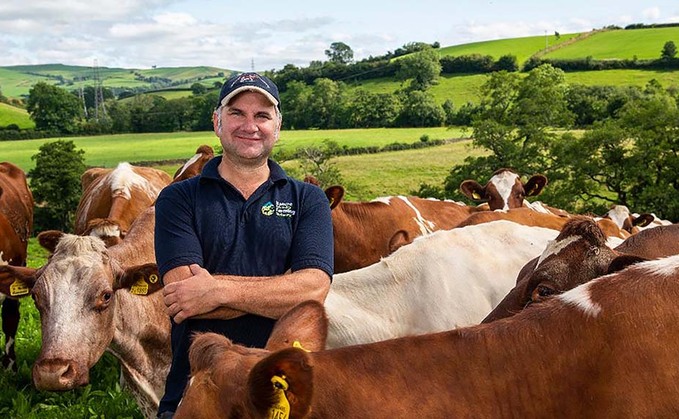
Hello everyone. I am not sure what to write for my initial In Your Field piece, but I suppose I should introduce myself first. I am James Robinson and I farm alongside my parents, Kathleen and Henry...

Hello everyone. I am not sure what to write for my initial In Your Field piece, but I suppose I should introduce myself first. I am James Robinson and I farm alongside my parents, Kathleen and Henry...
Olivia Shave, founder of Eco Ewe and campaigner for food and farming education in schools, explains why embedding these topics onto the national curriculum is essential for public health, the environment and future generations
The LibDems are looking to capitalise on the disillusionment of Labour’s new rural voters and the collapse of traditional Tory support as they battle to stem the rise of Reform UK. But where does farming fit into the picture?
Digital editor Emily Ashworth looks at the rise of meat free Mondays, when the real health problem lies in the power of ultra processed foods